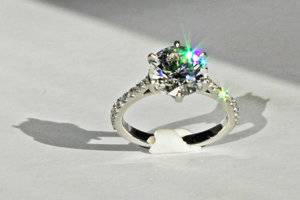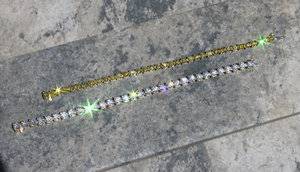seaglass
Rough_Rock
- Joined
- Dec 2, 2017
- Messages
- 48
I did multiple searches and came up empty.
Thanks for everyone who helped with my recent ring purchase. However, I am having significant difficulty taking photos of the diamond, most especially the arrows. Pictures from WF and other retailers make it look so easy to get a sharp photo. I've tried in multiple lighting with a mirrorless camera and with my phone. All are lacking. I can't seem to get a good, distinct shot of the arrows on the fiance's ring. I even went out and bought a 10x triplex loupe. With it I can see the arrows, but not distinctly like I see on retailers' pages.
Any suggestions? I've set the aperture to f22 as recommended on other threads I've read.
And I'm blaming all of you for my new obsession. The fiance loves the ring and it meets all criteria that I know of. But it bothers me about the arrows.
Thanks for everyone who helped with my recent ring purchase. However, I am having significant difficulty taking photos of the diamond, most especially the arrows. Pictures from WF and other retailers make it look so easy to get a sharp photo. I've tried in multiple lighting with a mirrorless camera and with my phone. All are lacking. I can't seem to get a good, distinct shot of the arrows on the fiance's ring. I even went out and bought a 10x triplex loupe. With it I can see the arrows, but not distinctly like I see on retailers' pages.
Any suggestions? I've set the aperture to f22 as recommended on other threads I've read.
And I'm blaming all of you for my new obsession. The fiance loves the ring and it meets all criteria that I know of. But it bothers me about the arrows.





300x240.png)